Deskripsi
Hutan Monyet Ubud adalah kompleks kuil cagar alam di Ubud Bali. Nama lengkapnya seperti yang tertulis di papan selamat datang adalah Sanctuary The Padangtegal Mandala Wisata Wanara Wana Sacred Monkey Forest. Kompleks ini memiliki sekitar 340 monyet (Macaca fascicularis) (32 jantan dewasa, 19 sub dewasa jantan, 77 betina dewasa, 122 juvenil, dan 54 bayi). Kera Ekor Panjang
Hutan Monyet Bali Ubud adalah hutan hujan kecil yang ditinggali oleh beberapa kelompok monyet dan hewan-hewan tropis lainnya. Lokasinya strategis di pusat Desa Ubud. Hutan Monyet dalam bahasa Bali disebut Wanara Wana tersebar di pulau ini dan Hutan Monyet Ubud sendiri memiliki fungsi sangat penting untuk kelangsungan habitat kera di Bali. Sementara itu, masyarakat lokal memiliki peran penting untuk menjaga hutan ini secara alami agar semua hewan liar dapat hidup dengan lancar.
Lokasi Hutan Monyet Ubud
Sanctuary suci Hutan Monyet terletak di perbatasan selatan kota Ubud sekitar 3 km selatan pusat kota dengan jalan utama bernama Monkey Forest. Situs ini dapat dicapai dari banyak sisi selain dari pusat kota Ubud, dari sudut timur Ubud, dan dari area selatan Ubud. Jarak dari Kuta sekitar 55 km, dari Sanur sekitar 40 km, dan dari area Nusa Dua sekitar 65 km.
Wanara Wana
Wanara Wana adalah nama hutan kera dalam bahasa Sanskerta, karena bahasa itu pernah memengaruhi lapisan keagamaan dan kelas pemerintahan di kepulauan Indonesia sebelum jatuh ke dalam islam, dan hanya Bali yang sangat mempertahankan tradisi tersebut.
Penting untuk memperlakukan kera dengan hormat karena hutan ini adalah rumah mereka dan Anda adalah tamu di dalamnya. Tolong tetap berada di jalur yang beraspal. Para kera mungkin menjadi agresif jika Anda menginvasi daerah pribadi mereka (staf dan peneliti wanara Wana kadang-kadang terlihat di daerah ini, tolong jangan mengikuti mereka.
Seringkali terlihat bagaimana Macaques Bali membuka kelapa. Jika tersedia, mereka juga menyukai pisang dan pepaya. Setelah diambil, tolong tinggalkan buah tersebut bersama kera. Jika Anda ingin memberi makan kera, tolong lakukan dengan hati-hati, dan jika mereka mengambil makanan dari Anda, tolong jangan mencoba mengambilnya kembali. Sangat penting juga bahwa Anda memperlakukan pohon, tanaman, hewan lainnya, dan struktur dalam Sacred Monkey Forest dengan hormat.
Ini adalah kawasan suci dan pelestarian ekologi yang penting. Nikmatilah keindahan dan keajaiban tempat ini. sambil pada saat yang sama menghormati apa yang hidup di dalamnya. Jika Anda memiliki pertanyaan atau membutuhkan bantuan, silakan tanyakan kepada personil Wenara wana (diidentifikasi dengan seragam hijau mereka) atau anggota proyek penelitian.
Pemikiran Tri Hita Karana
Sesuai dengan pemikiran Hindu Bali, perdamaian dan kebebasan dapat diperoleh dalam hidup kita hanya ketika kita menghormati dan memperhatikan tiga hubungan harmonis yang dikenal sebagai Tri Hita Karana dengan nasihat berikut:
1. Dewa memberkati kehidupan dan menciptakan alam dan semua entitasnya
2. Alam menyediakan dukungan berkelanjutan untuk kebutuhan makhluk hidup
3. Manusia sebagai makhluk paling tinggi memiliki kewajiban untuk melestarikan ibu alam yang di masa lalu hanya pendekatan keagamaan yang bisa beroperasi sebelum lebih banyak alasan bisa mengambil alih peran tersebut.
Berdasarkan analisis naskah yang disebut Pura Purana (yang berarti sejarah Pura) yang dianggap sebagai tulisan suci, kuil ini dibangun sekitar abad ke-14 selama pemerintahan raja dengan istana di area Pejeng. Jika asumsi ini diambil, pendirian kuil tersebut akan sebelum tahun 1343 Masehi, bukan di awal Kerajaan Gelgel yang jauh di belakang sekitar abad ke-17. Ada tiga kuil di Sacred Monkey Forest, yaitu:
1. Pura Dalem Agung, terletak di sudut barat daya area hutan utama. Kuil ini paling menonjol di Monkey Forest
2. Kuil Holy Bathing terletak di bawah tangga dekat dengan aliran air. Kuil ini terbagi menjadi 3 halaman (mandala) dengan kolam.
3. Kuil Prajapati dengan pemakaman terletak di ujung selatan area.
Monyet Bali di Hutan Monyet Ubud
Monyet yang tinggal di sanctuary ini disebut Macaques Bali, juga dikenal sebagai monyet ekor panjang. Nama ilmiah mereka adalah Macaca fascicularis dan selain manusia, macaques adalah primata yang paling tersebar dan sukses di antara semua primata.
Saat ini sekitar 300 macaque tinggal di hutan monyet. Ada sekitar 35 jantan dewasa, 95 betina dewasa, dan 170 anak muda. Monyet ini tinggal terutama dalam tiga kelompok betina dan jantan. Setiap kelompok ini cenderung menggunakan daerah yang berbeda dari hutan pada waktu yang berbeda. Semua monyet menggunakan seluruh hutan. Konflik terkadang muncul saat dua kelompok berada di daerah yang sama. Jantan dewasa beratnya hingga 8 hingga 10 kg dan memiliki gigi canines besar, bahu lebar, dan rambut wajah yang menyerupai kumis. Betina dewasa lebih kecil dari jantan (4-8 kg) dan memiliki rambut wajah panjang yang menyerupai manik-manik. Grup macaques Bali berpusat di sekitar kelompok betina terkait yang disebut "matriline". Jantan macaques biasanya bermigrasi dari area lain dan berusaha untuk berafiliasi dengan matriline betina Baik jantan maupun betina, memiliki hubungan dominasi, tetapi tidak selalu jelas atau konsisten.
Persetubuhan dapat terjadi sepanjang tahun tetapi kebanyakan bayi lahir selama bulan Mei - Agustus. Ibu-ibu macaques berkisar dari sangat protektif hingga sangat mempermissive dengan bayi mereka. Banyak betina yang bukan ibu menghabiskan waktu untuk memegang dan merawat bayi. Terkadang Anda bahkan akan melihat jantan dewasa "membesarkan" juga.
Penelitian dan Konservasi Hutan Monyet Ubud
Sanctuary Hutan Monyet Ubud yang Suci tidak hanya berfungsi sebagai komponen penting dalam kehidupan spiritual dan sehari-hari warga desa, tetapi juga menjadi situs beberapa program penelitian dan konservasi. Pemeliharaan dan manajemen tempat istimewa seperti ini menarik perhatian peneliti dari seluruh dunia, terutama interaksi antara manusia dan monyet tempat suci ini menjadi subjek survei dan studi penelitian.
Catatan
Titik pertemuan atau tempat rencana perjalanan yang akan dukunjungi
Paket menginap terfavorite


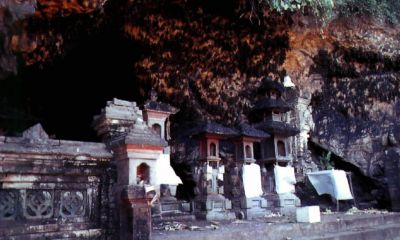
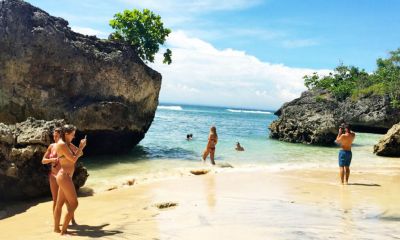
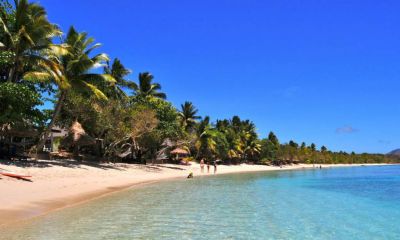
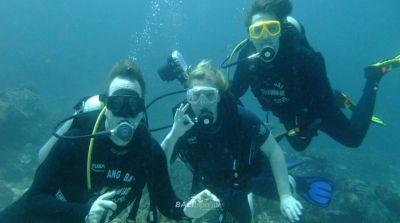

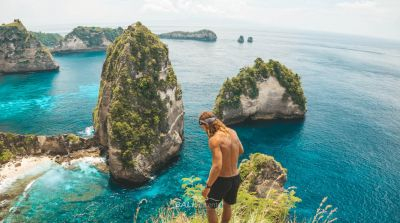
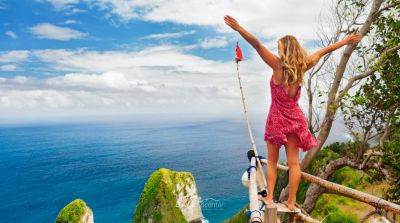




0/5